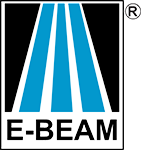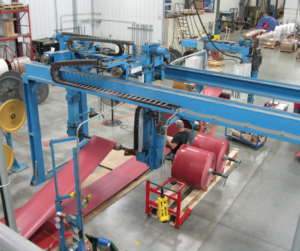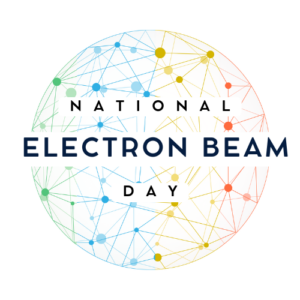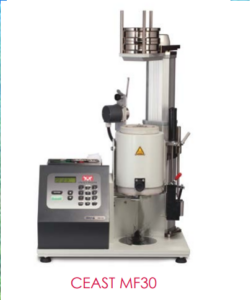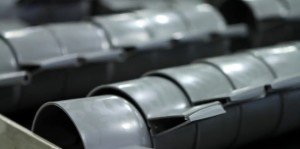
Polymer crosslinking or modification via e-beam is used for a wide variety of applications such as wire, cable, tubing, sheet products, resin pellets, and discrete parts. Each of these products has its own considerations from size, handling characteristics, dose requirements, and cooling requirements making electron beam throughput and pricing fairly complicated. To try to have a focused answer, I am going to consider just one application in this blog – that of discrete parts.
Just what are discrete parts? For the most part, these are parts that have been injection molded or otherwise molded into their final shape. We place the parts on our conveyor system, which consists of a series of trays we call a “train.” (No, the final tray is not red like a caboose, it’s yellow!) Depending on the application and required dose, we can process these parts in boxes, in bags, or loose on the carts. We have even developed special fixturing for some larger complex parts to ensure the parts get a high level of crosslinking on all faces.
Why would you use e-beam crosslinking? E-beam has been a proven technology for crosslinking for over half a century, with E-BEAM Services providing these services for over 25 years. In addition, using e-beam, the molding process can stay the same as when working with a standard resin, maintaining cycle time. The use of harsh chemicals and long, highly-variable curing processes can also be avoided protecting both employees’ health and the environment.
So what is the cost of taking a commodity resin such as polyethylene and transforming it to have the properties of an engineering resin? Simply, it can range from less than $0.50 per pound to about $2.00 per pound for discrete parts.
Why the large range?
- The dose that is needed can typically range from 75 kGy to 300 kGy, and even higher for some products. More dose takes more time to process, and therefore costs more.
- Depending on the geometry and how the parts can be placed on the conveyor, there can be a significant difference in the efficiency of the dose delivered. Often small parts can be irradiated more efficiently, but then handling has to be carefully considered.
- Volume: we process in trains, so having full trains—preferably multiple trains—will achieve the best price.
I hope that provides some insight into just what it costs to crosslink polymer parts. As always, if you have further questions, let us know!
www.ebeamservices.com • Ohio (513) 933-0031 • New Jersey (609) 655-7460
